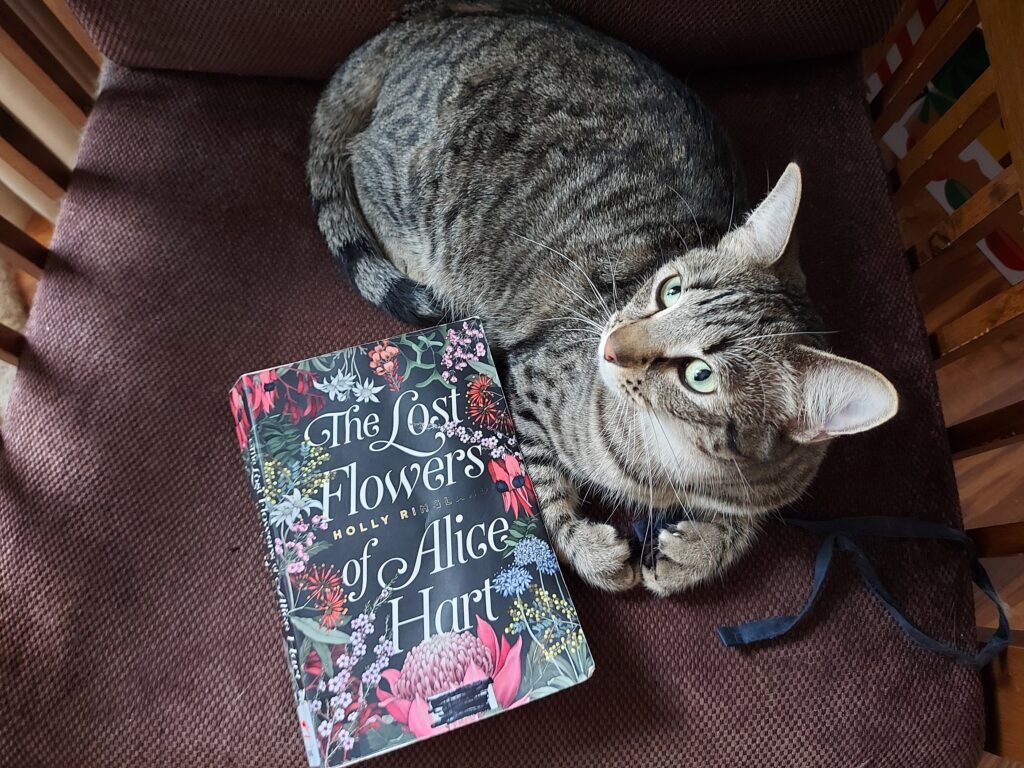The Lost Flowers of Alice Hart by Holly Ringland

The Lost Flowers of Alice Hart was recommended to me by my husband’s auntie, and she gave me a copy to read. She raved about how the novel’s chapter headings each describe an Australian plant, and how the novel includes illustrations of each plant, but she did not say anything about the plot. I also noticed that the novel has recently been adapted into a TV miniseries on Prime starring Sigourney Weaver. If a novel has been adapted into a movie or TV series, it has to be good, right? Unfortunately, I do not care much for The Lost Flowers of Alice Hart.
Alice Hart is raised by an abusive and controlling father and her childhood is spent in isolation. When she is nine, her father and pregnant mother are killed in a fire, and Alice is taken in by her paternal grandmother, June. June runs an Australian native flower farm on her family’s property, and she takes in women who have suffered from abuse and other traumas. Although June is not abusive, she is controlling like her son was and secretly works to dictate Alice’s life, which includes having her take over the family flower farm even though Alice would rather travel and find her own path through life.
By the time Alice is in her late twenties, June’s machinations eventually come to bite her in the ass, and Alice runs away to start a new life in the Australian outback working at a national park. She ends up following in her dead mother’s footsteps by getting involved with an abusive and controlling man. This is when I started to get annoyed with the novel, and I had to remind myself that Alice is a young woman in her twenties who has lived a sheltered life, so of course she is naïve and ignorant, but really, WHY DID SHE NOT LISTEN TO HER FRIENDS WHEN THEY WARNED HER AGAINST GETTING INVOLVED WITH HIM??
I hate to call a novel about domestic abuse melodramatic, but there you have it. The Lost Flowers of Alice Hart is very soapy with familiar plot twists, and small glimmers of potential greatness when it wades into issues such as the treatment of Indigenous people by white Australians or the destruction of native habitats by tourism. I do like the drawings of the plants, though. This novel may not be for me, but perhaps other readers will get more out of it than I did.